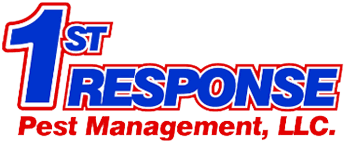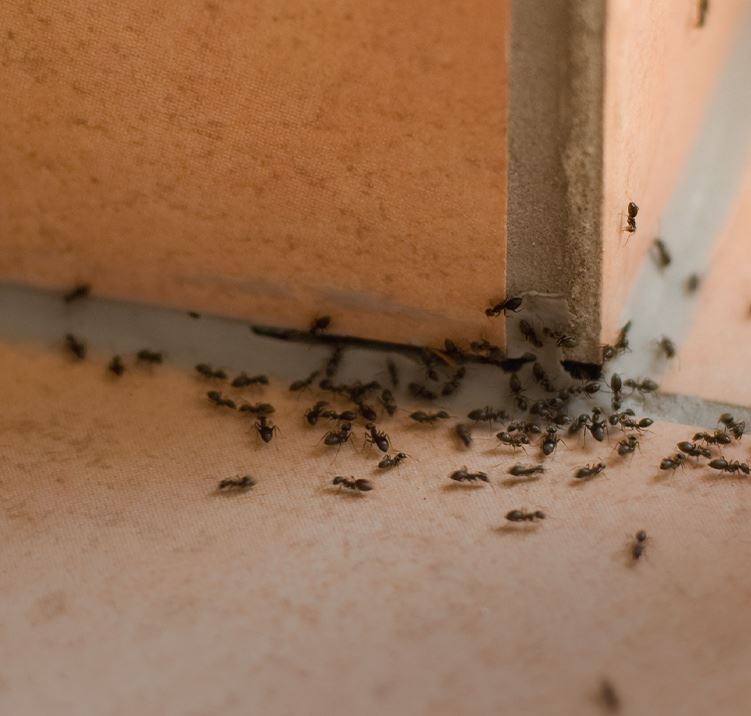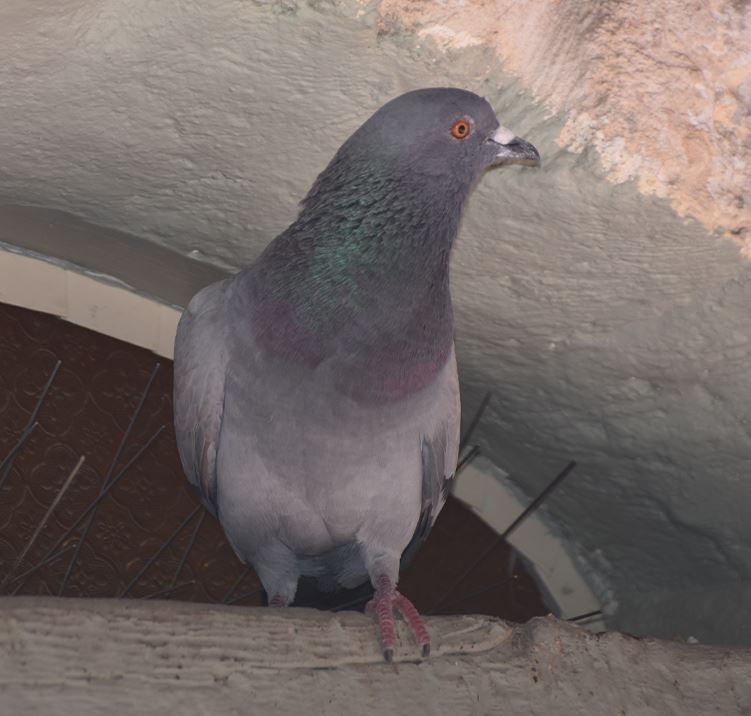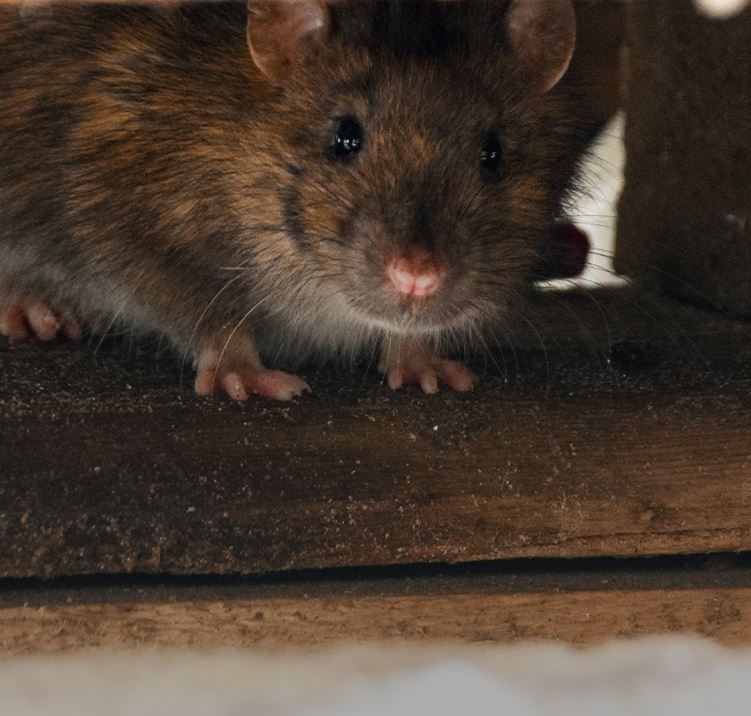Did you know that bugs can infest your dry food storage? That’s definitely not something you want to happen. And when it does, the infestation can be hard to manage. But don’t worry; this is a treatable problem! And even better, it can be prevented. If you’re looking for pantry pest control in Columbus, call 1st Response Pest Management today!
What Kinds Of Bugs Invade Pantries And Cupboards?
Food storage can be invaded by a variety of pests, including beetles, weevils, and moths. Which is which, and what do you do about them?
- Cigarette beetles, confused flour beetles, red flour beetles, and drugstore beetles can all look pretty similar. Flour beetles have longer bodies than cigarette and drugstore beetles, which are rounder. Each species is ¼ of an inch or smaller in length. They’re all reddish to dark brown. Drugstore beetles are able to fly.
- Weevils are oval-shaped with longer snouts. They’re pretty tiny, typically less than 1/8 of an inch long. You might see rice or grain weevils in Columbus homes.
- Indian meal moths are a little bigger, measuring 1/3 of an inch long, with a wingspan that reaches about half an inch.
Each of these pests can get into dried food products like flour, rice, and other grain products, as well as dog food, seeds, dried fruits, and nuts. They lay their eggs in these food products so that the life cycle can thrive right in your food storage.
Are Pantry Pests Dangerous?
Pantry pests are called “nuisance pests,” which means they aren’t harmful, just annoying. They don’t bite or sting, spread disease, or damage your house. But you still don’t want them in your home! Pantry pests are so named because they invade pantries, cupboards, and other places where food is stored. Many species are able to chew through paper and plastic containers and bags so they can get to food. They also lay their eggs in food containers so that larvae can hatch there. A few of them can even fly, which means they can get to other areas of the home.
Naturally Effective Ways To Prevent Pantry Pests In Your Home
Even though pantry pests are a problem, there are things you can do to keep these pests away.
- Make sure any potential entrances to your home are sealed. Because these pests are so small, they can get into your house through tiny cracks or gaps. It’s also important to have securely fastened screens on any windows or doors that are left open.
- Inspect dry goods you bring home. Make sure any food packages are completely sealed with no damage. Only buy in bulk when necessary, and use older food products first. Always keep an eye out for any evidence of bugs in or around your food storage.
- Store food in sealed, airtight containers. Even though they can chew through food packaging, pantry pests can’t open plastic, glass, or metal containers. Keeping food in pest-proof bins or jars can keep it bug-free.
- Consider a pantry pest trap. Pest traps specifically meant for pantry pests tend to be safe to use, since they’re best placed near your food. They’re designed to lure and then trap the pests, and you just have to discard the trap when it’s full. These might not be enough to treat a full infestation, but they can be a good start.
However, if you have a pantry pest infestation underway, the best call you can make is to the pest control professionals.
The Best Way To Get Rid Of Pantry Pests In Your Home
Unfortunately, sometimes your best efforts just aren’t enough to prevent an infestation. When pantry pests have invaded your home, it’s time to call a professional. That’s why 1st Response Pest Management is here! We’ll perform a thorough inspection to find the source of the infestation, then we’ll create a treatment plan. Your health and safety are our priority, and we put that first when treating pantry pest infestations. For total pantry pest control in Columbus, call 1st Response Pest Management today.











